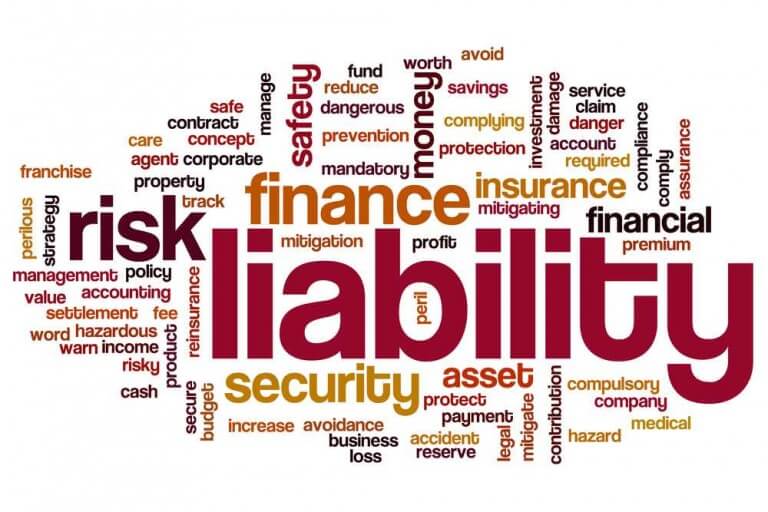Tiffin brings more certainty as to who is and who is not a partner

“… In these difficult times, in which many professional practices are facing potential or actual insolvency, it is important for “partners” to know what liabilities they face …”
Last week’s Court of Appeal judgment in the case of Tiffin v Lester Aldridge LLP [2012] EWCA Civ 35 has brought more certainty to the frequently arising issue, “When is a partner not a partner?”
This will enable partnerships and LLPs to draft or redraft their governing agreements with greater confidence that their intentions as to the status of fixed share partners or members (as non-employees) will be upheld. Equally, individuals will have more clarity as to whether or not they are giving up their employment law rights when they become a “partner”.
Matters such as introduction of capital into the business, a share of profits that varies in size depending on the success of the business, a voice in management, and the apparent intention of the parties (as intimated by the nature of the documentation that is drawn up) are all relevant considerations when determining whether someone is a true Partnership Act partner.
In these difficult times, in which many professional practices are facing potential or actual insolvency, it is important for “partners” to know what liabilities they face. While anyone held out as a partner is likely to have claimants knocking at their door in the event of their firm’s insolvency, any “partner” who is not a true partner will (still, despite Tiffin) have a much better chance of sending such claimants away empty-handed. Tiffin has undoubtedly made rebuffing such claims more difficult in some cases, but there are still ample opportunities for salaried and some fixed share partners to escape the financial consequences of their firm’s insolvency.






